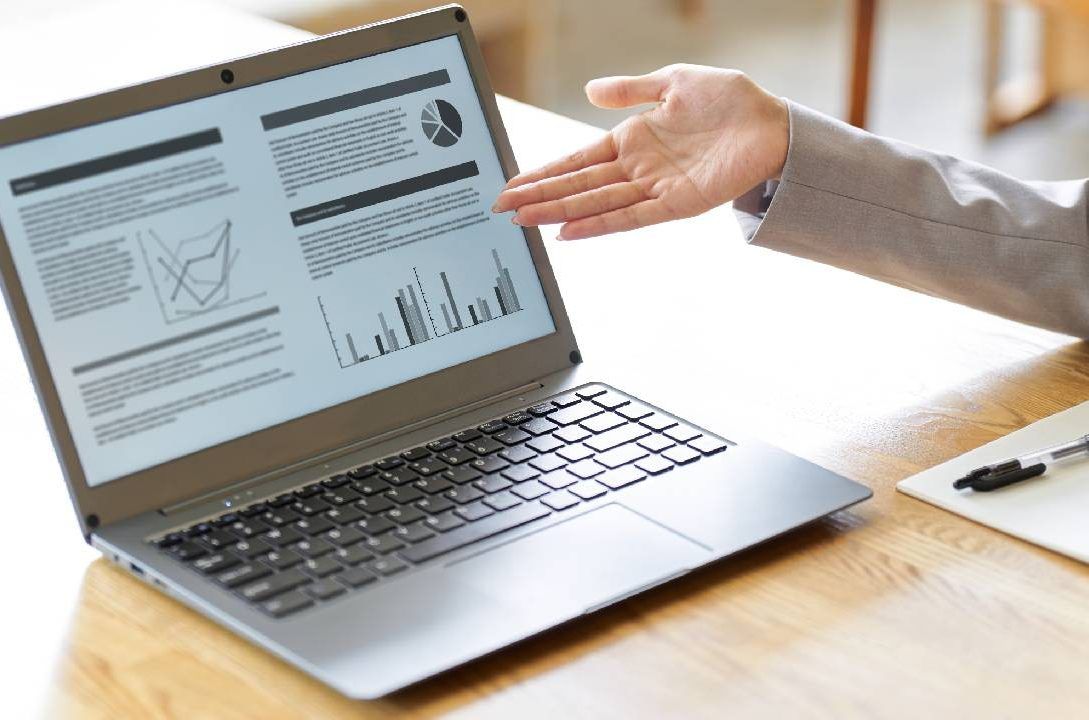Sales forecasting is a crucial aspect of any business, providing insights into future revenue and helping organizations make informed decisions. While it may seem like a complex task, creating effective sales forecast models is both an art and a science. In this blog post, we will explore the key elements that contribute to successful sales forecasting and how businesses can strike the right balance between intuition and data-driven insights.
The Art of Sales Forecasting:
- Understanding Your Market: Successful sales forecasting begins with a deep understanding of your market. This involves identifying trends, studying customer behavior, and keeping an eye on industry changes. Intuition plays a significant role here, as experienced sales professionals can bring valuable insights based on their knowledge of the market.
- Building Relationships: Cultivating strong relationships with customers, suppliers, and distributors can provide invaluable information. Personal interactions and feedback from the field can sometimes reveal nuances that data alone may not capture. Sales teams need to be encouraged to communicate openly about market dynamics, customer preferences, and potential challenges.
- Intuition and Expertise: Seasoned sales professionals often develop a keen intuition that helps them anticipate market shifts and customer needs. While data is essential, it should be complemented by the expertise of individuals who have a deep understanding of the industry and the unique dynamics at play.
The Science of Sales Forecasting:
- Data Collection and Analysis: The foundation of any sales forecast model is data. Businesses need to collect relevant data on historical sales, customer demographics, market trends, and external factors influencing their industry. Advanced analytics tools can then be employed to analyze this data, identifying patterns and correlations.
- Statistical Models and Algorithms: Leveraging statistical models and algorithms is where the science of sales forecasting truly shines. Techniques like time series analysis, regression analysis, and machine learning can be applied to predict future sales based on historical patterns. These models can handle vast amounts of data and identify complex relationships that may not be apparent through manual analysis.
- Technology Integration: The advent of technology has revolutionized sales forecasting. Integrating Customer Relationship Management (CRM) systems, Artificial Intelligence (AI), and predictive analytics tools can automate the data collection and analysis process, providing real-time insights and improving the accuracy of forecasts.
Striking the Right Balance:
Creating effective sales forecast models is about finding the right balance between the art and science of forecasting. It’s not enough to rely solely on intuition, nor is it advisable to ignore the power of data-driven insights. Here are some tips for striking the right balance:
- Collaboration: Foster collaboration between sales teams and data analysts. Encourage open communication and create a culture where insights from both sides are valued.
- Continuous Learning: Invest in ongoing training for sales professionals to enhance their data literacy. Likewise, data analysts should strive to understand the intricacies of the sales process and market dynamics.
- Iterative Improvement: Sales forecasting is not a one-time task but an iterative process. Regularly review and update your models based on new data, market changes, and feedback from the field.

Conclusion
Creating sales forecast models is both an art and a science. By combining the intuition of experienced professionals with the power of data-driven insights, businesses can enhance the accuracy of their forecasts and make more informed decisions. The key is to foster collaboration, embrace technological advancements, and maintain a commitment to continuous improvement. In doing so, organizations can navigate the dynamic landscape of sales with confidence and agility. Cheers to the art and science of sales forecasting!
Related Posts:
Get Started with a free 15 -day trial
No credit card required for Trial Plan
Continue using starter plan for free forever, after trial or upgrade to Premium Subscription






